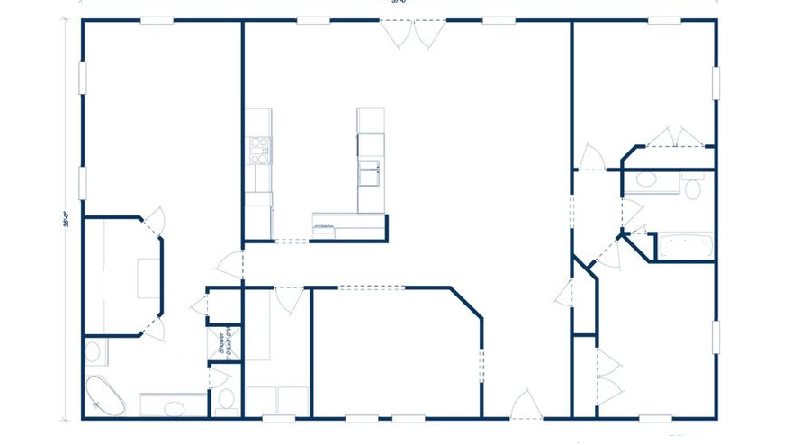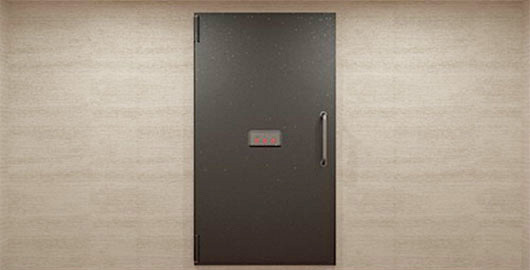
How many rooms should an escape game contain?
How many rooms are in an escape room? Sorry if that question sounds nonsensical, but it's only because the phrase "escape room" is a misnomer. Most of the time, an escape room is actually... escape rooms.
When I played my first escape room, I felt proud and a bit cheated that it had only taken us thirty minutes to find the key for the door. "Did we really just solve the whole room in thirty minutes?" I thought. "Wow, we must be smart!" But when we opened the door, we discovered, to our surprise and delight, that the door didn't lead to our escape - but another room.
According to a global survey of escape rooms, 70% of escape games have more than one room. So the majority of escape games take places over several rooms. This means that when you play an escape room, that locked door in the corner is probably not victory but a passage to a second room.

The survey also found that 60% of escape games have two or three different rooms. The remaining 10% of escape games have four or more rooms. And one escape room in Europe has nine different rooms!
Benefits and disadvantages of multi-room escape games
A benefit of several rooms is that the game has an extra dimension. Puzzles can spread over several rooms. Perhaps the players have to backtrack to open a lock in an earlier room. Or perhaps a change in one room affects another room. For example, one puzzle I saw involved putting sticks through holes in a wall to affect a contraption in the room on the other side.
However, a disadvantage of having several rooms is that more cameras are needed to keep track of the players.
Finally...
Finally, a pet peeve of mine is being unaware of which door is the final exit. Game designers, please mark the final exit clearly. This tells the player that they should not expect another puzzle room. This means the player won't be disappointed when they yank open the door expecting more puzzles, but discover instead that the game is over.


Leave a comment